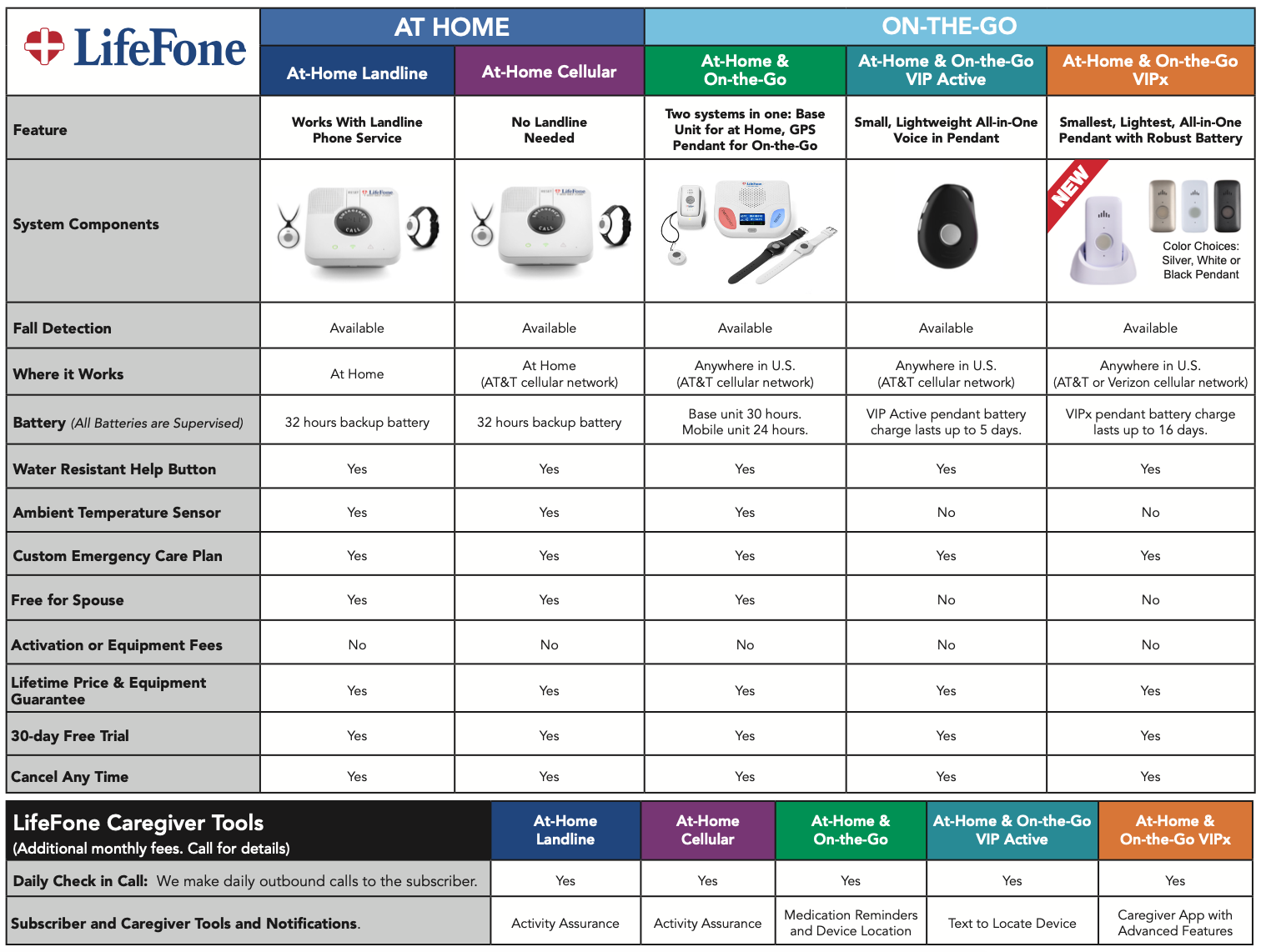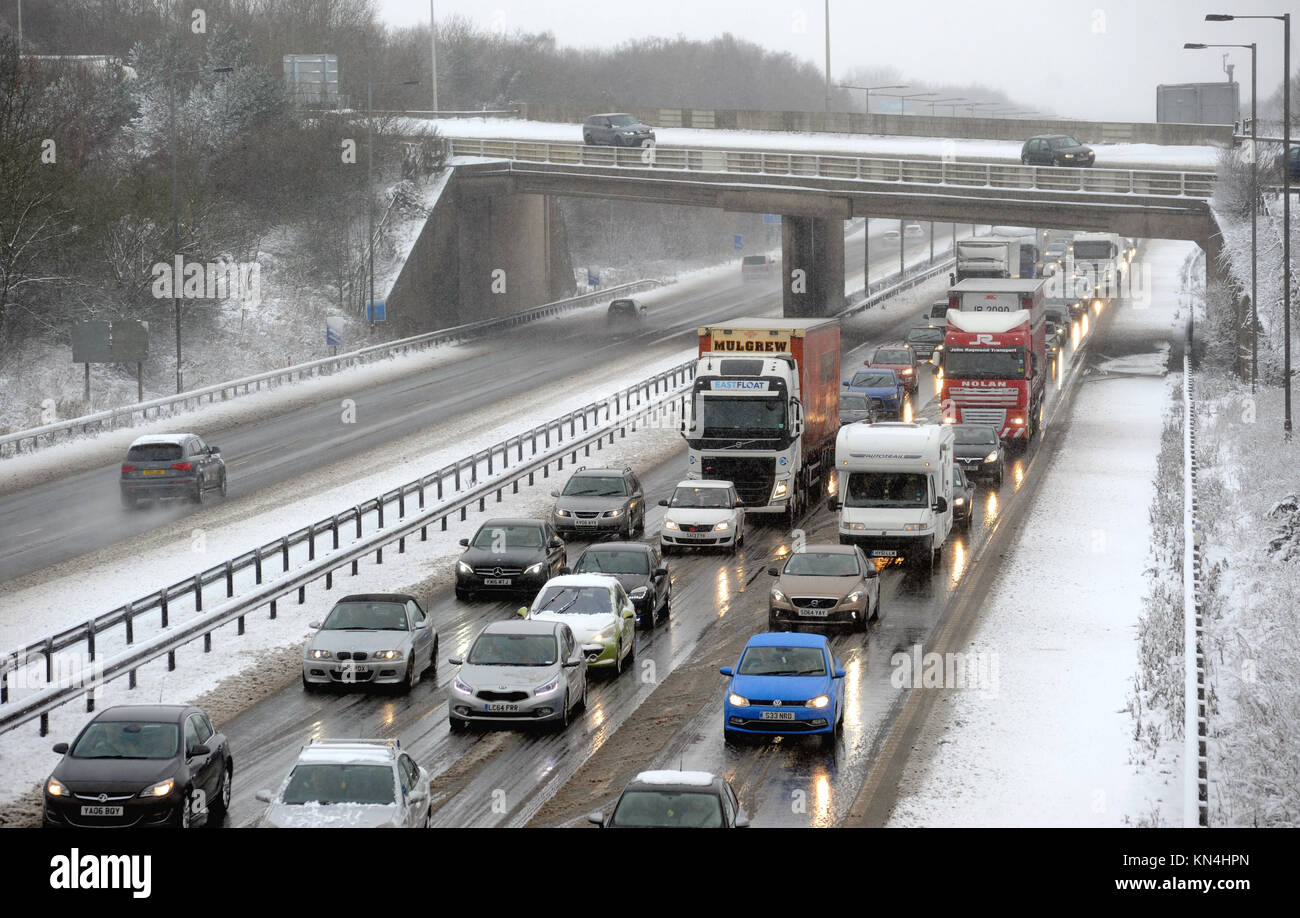Effective Flood Alert Systems: How They Work And Protect You

Table of Contents
How Flood Alert Systems Work
Flood alert systems are sophisticated networks designed to provide timely warnings of impending floods. They rely on the continuous monitoring of various environmental factors to predict and alert populations at risk. The fundamental principle is to detect early warning signs and translate them into actionable alerts for individuals and emergency responders.
- Monitoring of rainfall, river levels, and other relevant data: Sensors and gauges positioned strategically across a region collect constant data on rainfall intensity, river flow rates, groundwater levels, and soil saturation.
- Use of sensors and gauges placed strategically across a region: These sensors, ranging from simple rain gauges to sophisticated ultrasonic and radar systems, provide real-time information about hydrological conditions. Their placement is crucial for accurate regional coverage.
- Data collection and analysis using sophisticated algorithms and models: The collected data is transmitted to central processing units where advanced algorithms and hydrological models analyze the information, predicting potential flood risks.
- Real-time forecasting and prediction of potential flooding: Based on the analyzed data, the system generates forecasts, predicting the likelihood, timing, and severity of potential floods. This allows for timely warnings.
- Integration with weather forecasting models for improved accuracy: Flood alert systems often integrate data from meteorological agencies, improving forecasting accuracy by incorporating weather predictions into hydrological models.
Types of Flood Alert Systems
Several types of flood alert systems exist, each with its own strengths and limitations. They often work in conjunction to provide a comprehensive early warning network.
- River Level Monitoring Systems: These systems utilize a network of sensors (such as ultrasonic sensors, radar, and pressure transducers) positioned along rivers and streams to measure water levels continuously. When levels exceed pre-defined thresholds, alerts are automatically triggered. These systems provide highly localized and accurate warnings for riverine flooding.
- Rainfall Monitoring Systems: These systems use a network of rain gauges and weather radar to monitor rainfall across a region. By analyzing rainfall intensity and distribution, they can predict the potential for surface water flooding and flash floods. Sophisticated systems integrate weather forecasting data to enhance accuracy. This is crucial for predicting flash floods, which can develop rapidly.
- Community-Based Systems: These systems leverage the local knowledge and observations of community members to supplement official monitoring networks. Citizens can report flooding events or unusual conditions, providing valuable real-time information that can improve response times. While beneficial, community-based systems rely on community participation and may lack the geographic scope of professional monitoring networks.
Technological Advancements in Flood Alert Systems
Recent technological advancements have significantly enhanced the accuracy, speed, and reach of flood alert systems.
- The role of Artificial Intelligence (AI) and machine learning in improving prediction accuracy: AI and machine learning algorithms can analyze vast amounts of data from various sources, identifying complex patterns and improving the accuracy of flood forecasts.
- Integration of remote sensing technologies (e.g., satellites) for wider coverage: Satellite imagery and remote sensing technologies provide broad-scale coverage, allowing for the monitoring of large areas and the detection of potential flood risks even in remote regions.
- Development of more sophisticated hydrological models for better forecasting: Advanced hydrological models now incorporate factors such as soil moisture, land use, and topography, leading to more accurate and nuanced flood predictions.
- Use of mobile apps and SMS alerts for immediate dissemination of warnings: The widespread availability of smartphones and mobile networks enables quick and efficient dissemination of flood warnings via mobile apps and SMS alerts, reaching populations directly and efficiently.
Protecting Yourself with Flood Alert Systems
Utilizing flood alert systems effectively is crucial for personal safety and property protection.
- Registering for flood alerts through official channels (local government websites, emergency services): Subscribe to official flood warning services provided by your local government or emergency management agencies.
- Understanding the different alert levels and their implications: Different alert levels (e.g., advisory, watch, warning) indicate the severity and imminence of the threat. Understanding these levels allows for appropriate action.
- Developing a personal flood preparedness plan: Create a plan that includes identifying potential risks, assembling emergency supplies, establishing evacuation routes, and designating a meeting place.
- Knowing evacuation routes and assembly points: Familiarize yourself with designated evacuation routes and assembly points in your area.
- Storing emergency supplies: Maintain a kit with essential items like food, water, first-aid supplies, medications, and important documents.
Conclusion
Effective flood alert systems are critical for mitigating the risks associated with flooding. By utilizing various technologies and community involvement, these systems provide timely warnings, allowing individuals and communities to prepare and respond effectively, minimizing losses. The different types of systems and advancements discussed highlight the importance of continuous development and widespread adoption for enhanced community safety.
Don't wait until it's too late. Learn more about the available flood alert systems in your area and take steps to protect yourself and your loved ones. Register for alerts today and become part of a safer, more resilient community prepared for flood events. Research your local flood alert systems and develop a personalized flood preparedness plan.

Featured Posts
-
 Elon Musk In Vetta La Nuova Classifica Forbes Degli Uomini Piu Ricchi Del Mondo 2025
May 25, 2025
Elon Musk In Vetta La Nuova Classifica Forbes Degli Uomini Piu Ricchi Del Mondo 2025
May 25, 2025 -
 Global Trade Tensions Tariffs Absent From G7 Outcome Document
May 25, 2025
Global Trade Tensions Tariffs Absent From G7 Outcome Document
May 25, 2025 -
 M6 Motorway Crash Current Traffic Conditions And Delays
May 25, 2025
M6 Motorway Crash Current Traffic Conditions And Delays
May 25, 2025 -
 Rekordnoe Chislo Svadeb Na Kharkovschine Krasivaya Data Sobrala 89 Par
May 25, 2025
Rekordnoe Chislo Svadeb Na Kharkovschine Krasivaya Data Sobrala 89 Par
May 25, 2025 -
 Best Of Bangladesh In Europe Collaboration And Growth At The Forefront Of The 2nd Edition
May 25, 2025
Best Of Bangladesh In Europe Collaboration And Growth At The Forefront Of The 2nd Edition
May 25, 2025
Latest Posts
-
 Mwnakw Ymdd Eqd Mynamynw Mwsm Idafy Llnjm Alyabany
May 25, 2025
Mwnakw Ymdd Eqd Mynamynw Mwsm Idafy Llnjm Alyabany
May 25, 2025 -
 Interior Design Of Robuchon Monaco Restaurants A Look At Francis Sultanas Work
May 25, 2025
Interior Design Of Robuchon Monaco Restaurants A Look At Francis Sultanas Work
May 25, 2025 -
 El Estilo En El Baile De La Rosa 2025 De Carolina De Monaco A Alexandra De Hannover
May 25, 2025
El Estilo En El Baile De La Rosa 2025 De Carolina De Monaco A Alexandra De Hannover
May 25, 2025 -
 Como Llevar Lino En Otono El Estilo De Charlene De Monaco
May 25, 2025
Como Llevar Lino En Otono El Estilo De Charlene De Monaco
May 25, 2025 -
 The Robuchon Monaco Restaurants Interior Design By Francis Sultana
May 25, 2025
The Robuchon Monaco Restaurants Interior Design By Francis Sultana
May 25, 2025
